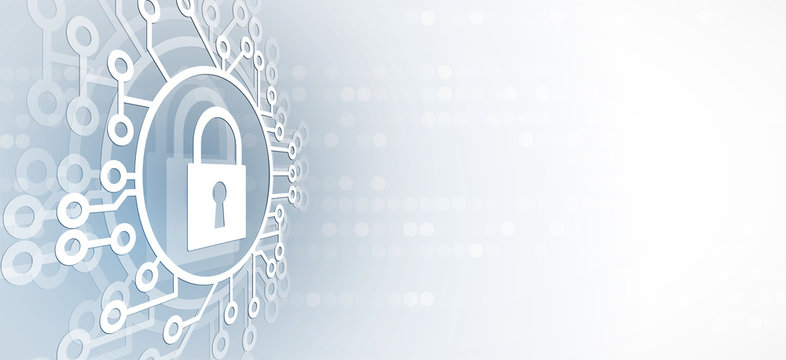Hello Everyone,
In my final
blog post, I want to discuss what I have learned these past few weeks and how I
can apply this to various technology topics. Learning about network security, the
future of computers, using commands, programming languages, mobile applications,
and using Microsoft products has helped me understand there is more going on
than just using a computer for daily use. The use of these technologies topics
has helped my fundamentals of technology because now I understand something as
simple as what hardware in a computer does and how difficult it is to code a website
with Phyton.
With the reading
and researching that was done when choosing my topics to write about, I learned
how computers were used in the past, such as the ENIAC computers used in the
1940s (Vahid. Chp 1.1) and how Windows Operating System came about (Vahid. Chp
4.1). A computer's most common operating systems are Windows, Mac OS, and Linux.
Windows are typically used in a business environment dependent on using
Microsoft products daily and software to process data. Macs are used in environments
such as editing videos, photos, and music because of the picture quality on the
Macs but also how smooth the operating system process the edits. Linux tends to
be used to run servers in the data center because of its stability. Linux
handles more functions and does not require reboots nearly as often as Windows
Server. Linux only needs to reboot when there’s a kernel update.
Computer hardware such as the processor,
hard drive, RAM, and graphics card is vital in figuring out what specifications
are needed depending on what the user would need it for. If the user needs to
process data or work on several large spreadsheets, they would need a processor
with lots of cores and 32GB of RAM. If the user is editing videos or graphics, they
will need a high-end video card to help process the edits. In my class
discussion, my user needed a laptop to handle Microsoft products and light
edits, so I suggested a Dell Latitude 9500 2-in-1 laptop that fits their needs
with a high budget.
During my first week of class, we
learned several programming languages such as C++, Javascript, and Phyton. I learned
how powerful Phyton could be and got to practice using it to create fonts for a
website and to use it to solve math problems. To help us understand what else
we can do with programming, our professor had us use block programming called
Scratch (https://scratch.mit.edu/). This
helped me understand how one block command can mess up everything or have to
experiment with several block commands so the program can run how I wanted it
to.
In blog post #3, I had to document
my day and use several Microsoft applications such as Word, Excel, and Powerpoint.
Learning how to format and use the different functions with Word has helped me format
my paper in an APA format. For every assignment my professor asked us to turn
in, he requested it to be in an APA format with a title page. In blog post #2, we
had to understand database concepts and review a web or mobile application. I
reviewed the Netflix application and listed the pros and cons that I ran into
while using the application. I felt that Netflix needed to update its database
to include more variety of content so they could reach out to more users
globally.
Learning about the network and how
to protect us by managing our systems and having security software helped us understand
how to protect ourselves. The topics I chose about email security pertain to me
at work because we deal with PHI (Personal Health Information) and other sensitive
information.
Reference
Scratch. https://scratch.mit.edu/.
Accessed 1 July 2022.
Vahid, F.,
Lysecky, S. (2019). Computing technology for all. https://learn.zybooks.com/zybook/TEC101:_Fundamentals_of_Information_Technology_ &_Literacy_(TED2227A)
Williams, M.
(2021). Linux vs. Windows: How to Pick the Best Server OS for Your Website. https://www.pcmag.com/how-to/linux-vs-windows-how-to-pick-the-best-server-os-for-your-website



No comments:
Post a Comment